
Contributed by Jeffrey Grunthaner / Currently on view at MASI Lugano in Lugano, Switzerland, Rita Ackermann’s solo show, “Hidden,” offers a rare melding of museum-oriented historicism with gallery-style directness. Occupying two cavernous rooms in the museum’s bottom floor, the exhibition comprises four bodies of work, ranging from early sketchbook collages prefiguring Ackermann’s iconic “nymph” paintings of the 1990s to more visceral canvases that explore erasure and disappearance. It culminates in three monumental paintings from Ackermann’s most recent series, War Drawings, which recall murals while also resembling magnified pages of an exploded notebook.

Ackermann’s work is remarkably linguistic: she asks that her paintings be read, unpacked, and deciphered. They become intelligible by way of an intensive layering process similar to overwriting that she has developed over the course of her career. Her collages, the earliest works on view, are part mood board and part sketchbook diary. She uses handwritten and newspaper-clipped phrases to recreate language as a decipherable pattern rather than a set of statements unambiguously communicating meaning. The open-endedness of Ackermann’s wording gives the collages a recursive character that she later fleshes out in her paintings of nymph-like girls, which are akin to signage. Like advertisements, patterned gestalts of lines delineate a familiar yet faraway reality that seems to exist in an alternative dimension – a gritty paradise of young dreamers into which viewers can insinuate themselves.
In the early figurative works, the space represented on canvas was often earmarked by language. Graffitied across If I Was a Maid, Can I Clean Your Flat?, for example, is the sardonic caption: “Why do I always have to clean the mess.” Even when her use of language is not so overt, Ackermann’s figures in early paintings tend to float. In We Mastered the Life of Doing Nothing, nubile girls are isolated from one another, but, at the same time, their proximity binds them in a nebulous tableau, the way columns in a magazine block off words.



By contrast, the paintings in Ackermann’s much more recent Mama series feature markings that function as language conventionally does. Against a sinuous latticework of color and rhythmically placed marks, paintings like Mama Május realize an apparitional world in which space and meaning are co-extensive. Just as words describe and connote a kind of verbal meta-reality, Ackermann’s figurative outlines of horses, dogs, weaponry, and girls, bordering the edges of the canvas like marginal comments, suggest a narrative that transcends the splattered colorations gathering towards the center of the painting.

I experienced a telling moment when I turned from one of Ackermann’s early paintings modeled on Gauguin’s D’où venons-nous? Que sommes-nous? Où allons-nous? to a luminously cobalt work, hanging catty-corner, titled Mama, Painting for Mars. The line-like gestures layered into the latterechoed wonderfully the hand-written scrawl painted over the top left corner of the Gauguin recreation, whose title – Where did we come from? Where are we going? Who are we? – modulated Gauguin’s original one. Between one painting and the other, Ackermann’s figures have dissolved into a collection of gestural marks.



Whereas Ackermann’s Mama paintings reckon quite narrowly with the influences of modern painters like de Kooning and Yves Klein, the three War Drawings embrace history writ large. In Coming of Age, Ackermann nearly redacts the lines that composed her early nymph works. The outlines of four girlish bodies appear faintly against a curtained backdrop, recalling the wilding ideality of neolithic cave drawings. The implied clash between contemporary abstraction and ancient metaphysical directness is, in a way, what “Hidden” is all about. The works gathered at MASILugano are records of Ackermann citing and disengaging from her inspirations and influences, tracing not only the arc of her relationship to contemporary painting but ultimately the history of image-making itself.



“Rita Ackermann: Hidden,” Museo d’arte Della Svizzera Italiana, via Canova 10, 6900 Lugano, Switzerland. Through August 13, 2023.
About the author: Jeffrey Grunthaner is a writer, artist, musician and curator based in Berlin. Essays, articles, poems, and reviews have appeared via BOMB, artnet News, The Brooklyn Rail, American Art Catalogues, Hyperallergic, Heavy Feather Review, Arcade Project, Folder, Drag City Books, and other venues. His pamphlet, Aphid Poems, was recently published by The Creative Writing Department.

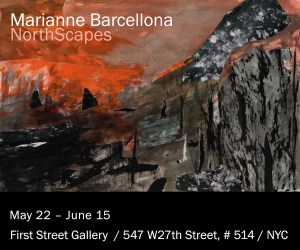
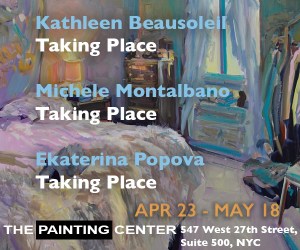



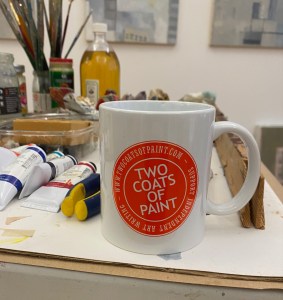


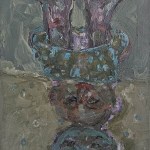
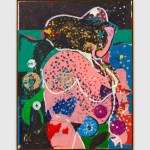




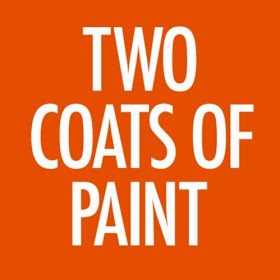

The nymph paintings from the 90’s remind me of Henry Darger, but surprisingly, a little bit more creepy.